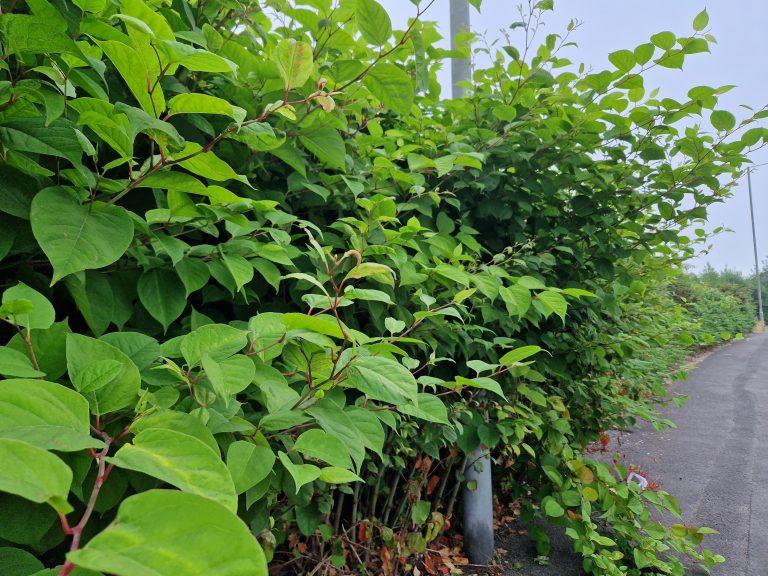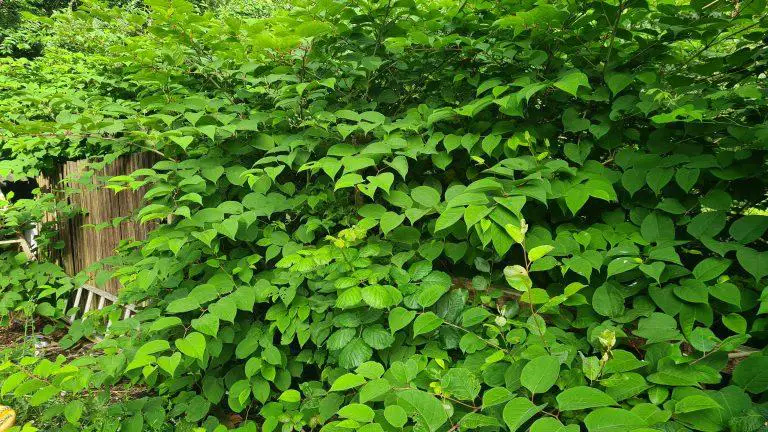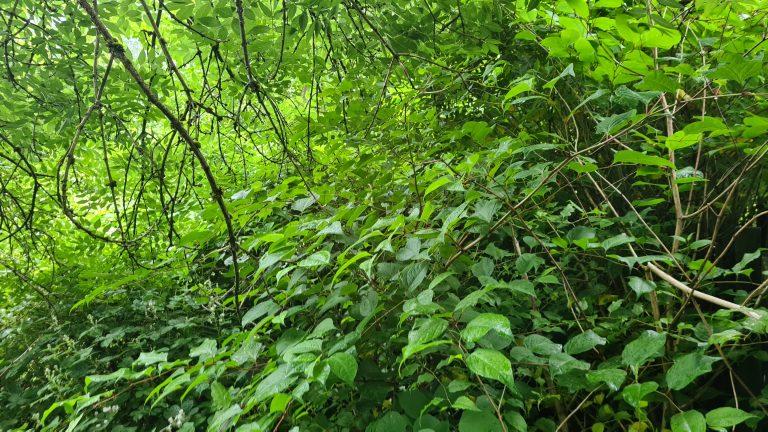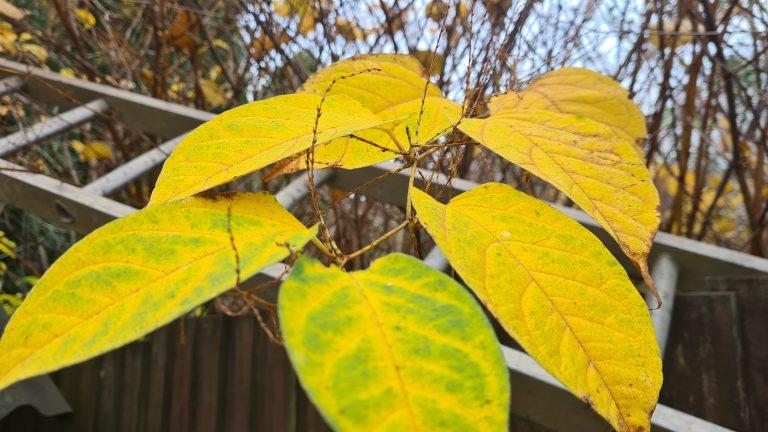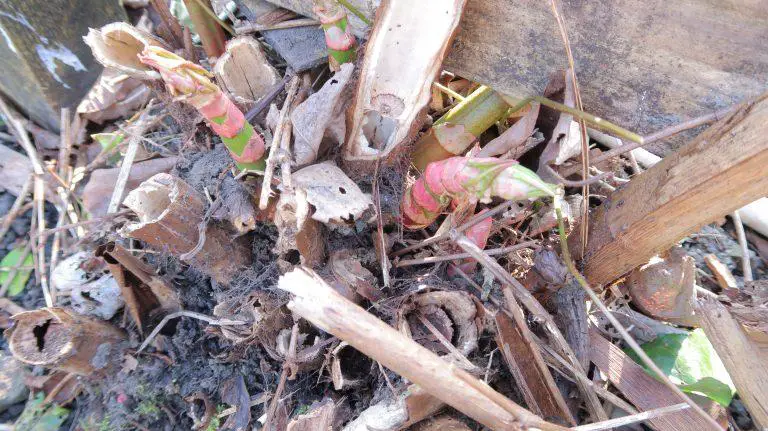Japanese Knotweed is an invasive plant species that can cause significant damage to homes, gardens, and other structures. It’s important to understand how Japanese Knotweed can cause damage to your property and why you should take action to prevent it.
In this blog post, we will discuss the various ways Japanese Knotweed can cause damage and what you can do to protect your property.
According to the UK government, Japanese Knotweed costs the economy an estimated £166 million ($230 million) per year to control and treat.
Can Japanese knotweed damage buildings?
Japanese knotweed has powerful binding roots that ‘knot’ together and grows quickly – up to 10cm per day. It infiltrates weak masonry fissures and gaps in tarmac and paving and begins to spread, weakening the structures around it.
Once the root network has formed, the damage can become even more devastating, spreading wildly and endangering every structure in its route.
Japanese knotweed can cause harm to foundations, stonework, bricks, and fences – we’ve even seen it push up through the skirting boards inside a house! It’s a beast that needs to be tamed, and we know exactly how to do it.
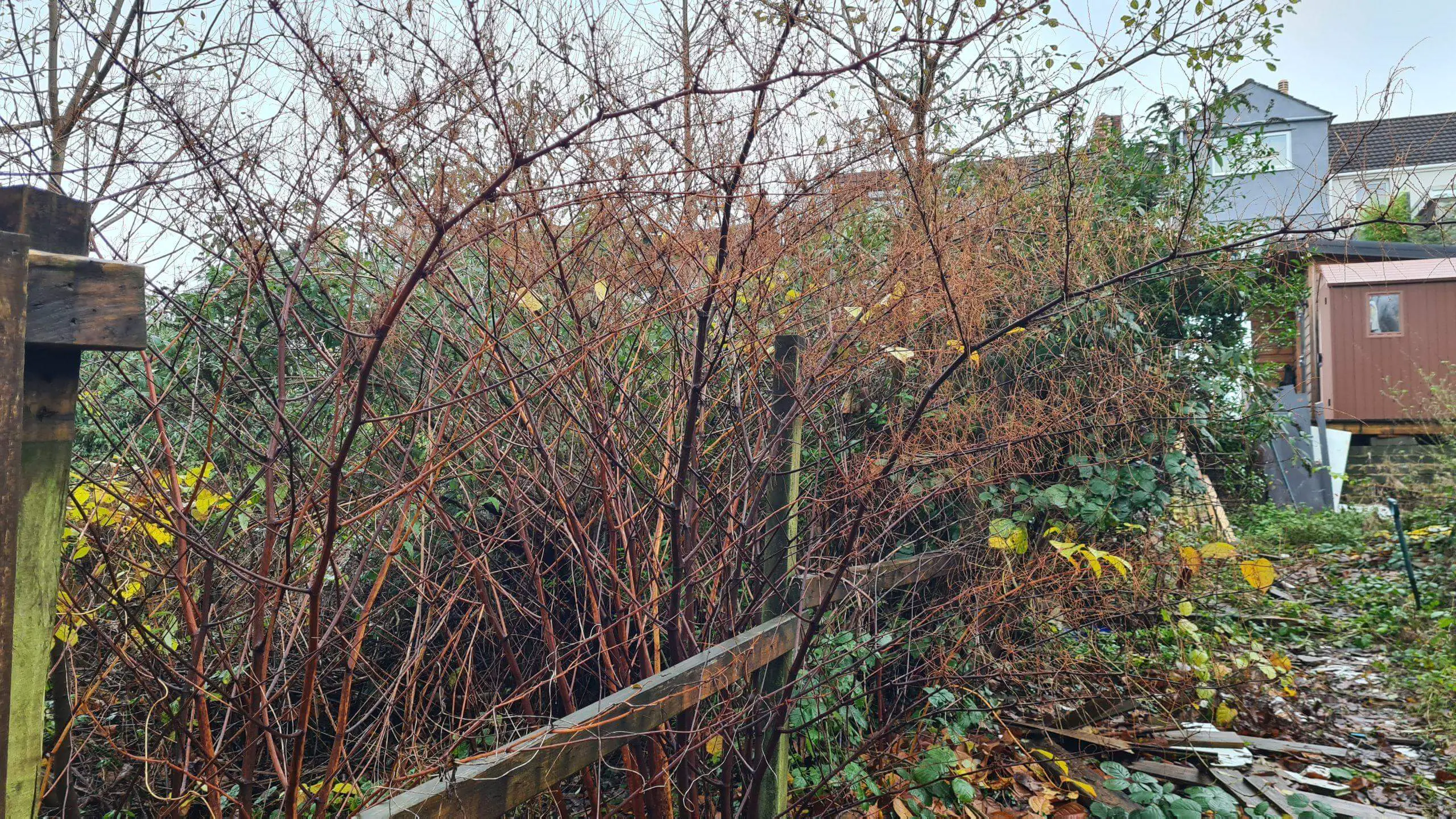
The Structural Damage Caused by Japanese Knotweed
The problem with Japanese knotweed is that its roots can grow incredibly deep into soil and concrete, causing extensive structural damage over time. Its tough stems can grow up to 3 meters tall and are highly resistant to herbicides, making it difficult to remove manually or chemically. As such, Japanese knotweed poses a serious threat to roadsides, riverbanks and buildings alike if not managed correctly.
The destruction caused by Japanese knotweed is severe. Its roots can extend up to seven metres in length, and damage foundations and walls when they come into contact with them. The plant’s stems can also push through asphalt and concrete, creating large cracks that weaken the structural integrity of buildings and other structures.
Not only does this cause physical damage, it can also create an inviting environment for moulds and other potential allergens, leading to health problems for those living in the vicinity. In addition to this, Japanese knotweed can affect drainage systems by blocking them or interfering with water flow.
Can Japanese Knotweed damage foundations?
Although Japanese knotweed is unlikely to harm solid property foundations, if foundations have previously been weakened, cracked, or damaged, Japanese knotweed could leverage any weaknesses over a number of years if left untreated.
This tenacious plant grows rapidly, and its rhizome network can penetrate up to 3 metres deep and 7 metres laterally in some instances. The Environmental Agency describes it as “indisputably the UK’s most aggressive, destructive, and invasive plant,” which could derail your mortgage application and turn off prospective buyers.
If you fear Japanese knotweed is damaging your property’s foundations, it’s best to seek the advice of a specialist contractor. They can assess the problem and recommend professional eradication methods to help protect your home from further damage.
It’s important to remember that although treatments may be expensive, without treatment, the costs will increase over time. Professional treatments can cost between £1,000-£2,500 but are essential to eradicate the problem and ensure your home is safe from further damage.
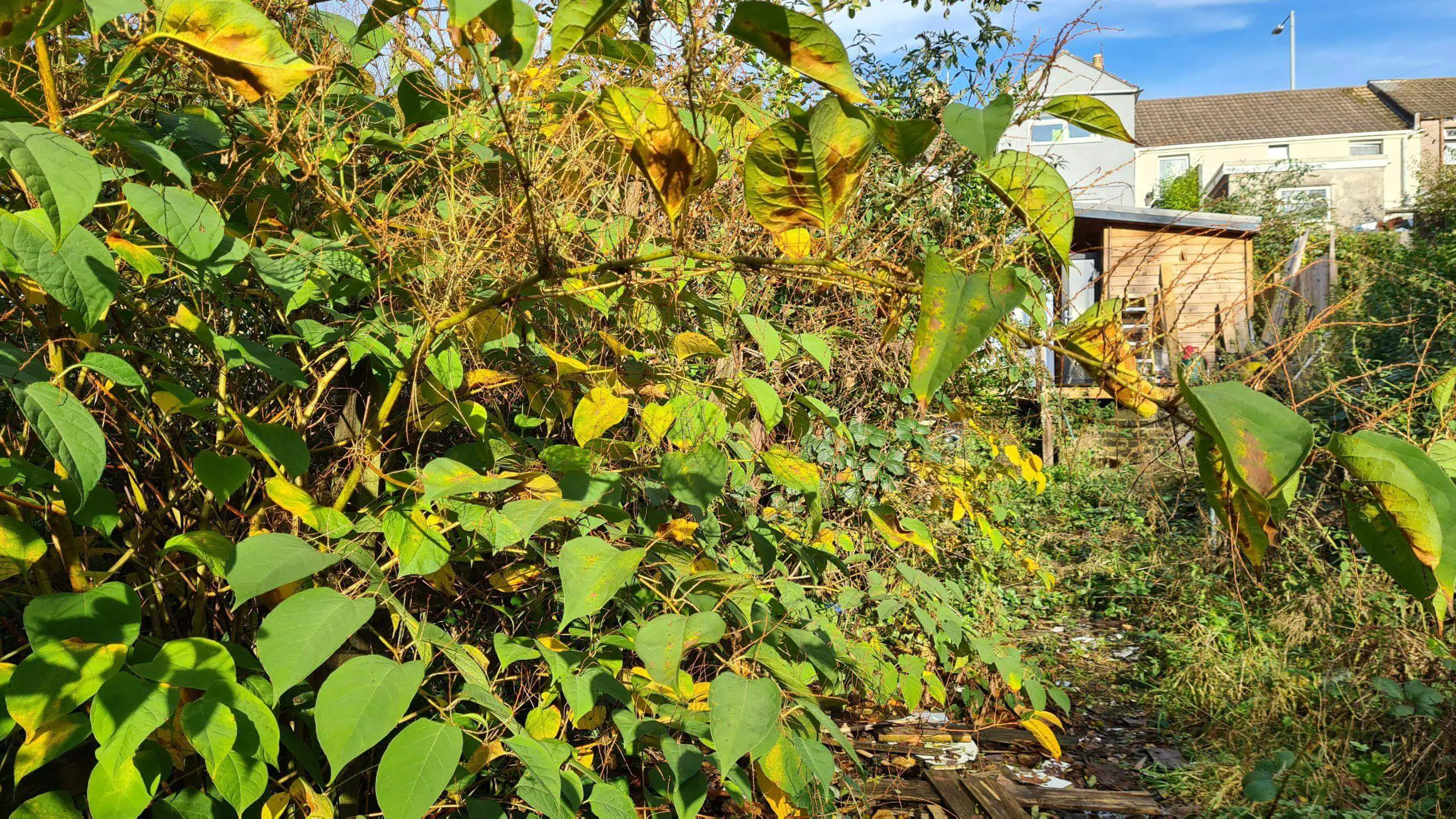
Can Japanese Knotweed cause damage to drains?
Water is essential for all organisms, including knotweed. In fact, it thrives on locating a source of water to grow. As every homeowner is aware, property drains must be kept clear in order to flush water through and prevent blockages.
A Japanese knotweed infestation is not a suitable match for that. Because the plant can grow into and around a property drain, it can change its efficiency and, in worst-case scenarios, require replacement entirely.
The result could be a disruption in water sources and a large number of people being inconvenienced. Because prevention is always preferable to cure, trust us to prevent Japanese knotweed harm to buildings early on for complete property peace of mind.
The Impact of Japanese Knotweed on Drainage Systems
Japanese knotweed typically grows in clumps and can reach heights of up to 3 metres. Its deep root system is capable of penetrating through concrete foundations, drainpipes, and other underground structures. As the roots grow they can expand and damage the surrounding material, leading to blockages and leaking pipes.
This can cause flooding or waterlogging in areas that are particularly vulnerable due to their proximity to rivers and streams. In addition, the large surface area of the foliage traps water which can lead to localised flooding as it is unable to drain away easily.
The spread of Japanese knotweed should be prevented wherever possible by removing and disposing of any existing plants and ensuring they do not regrow. If knotweed is discovered in or around a drainage system it is important to seek professional advice to determine the best course of action; this may involve chemical control, mechanical removal, or a combination of both.
It is also important to ensure that drainage systems are regularly inspected and maintained as this will help to identify any potential problems before they become serious. This includes checking for cracks or signs of damage to pipes, blockages in gullies, and making sure any drainage systems with a history of knotweed problems are monitored closely.
A regular maintenance programme is the best way to ensure that any potential issues related to Japanese knotweed are identified and dealt with promptly before they have a chance to cause major problems. Taking the necessary steps now will help to ensure drainage systems remain in good working order and free from knotweed for years to come.
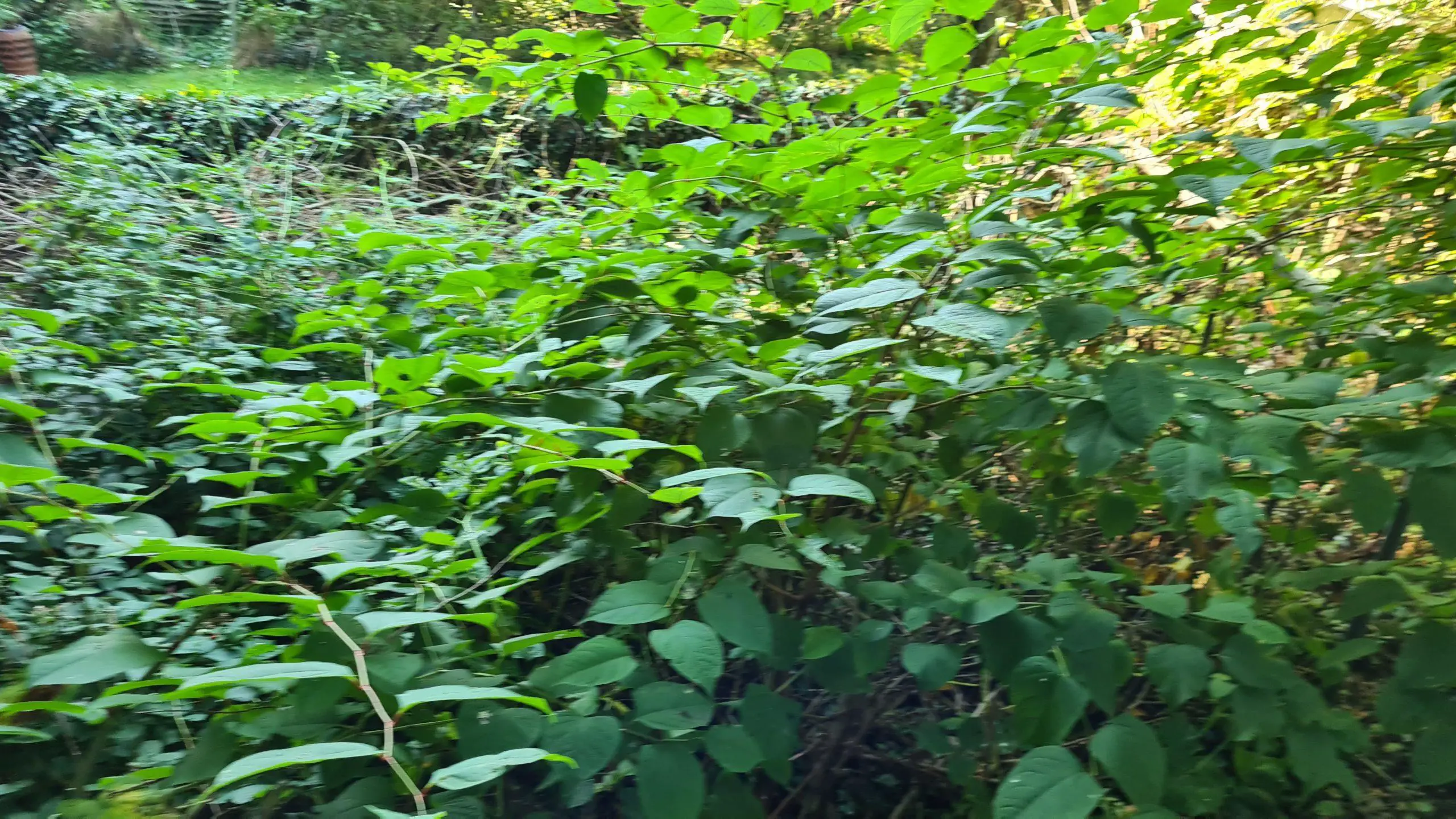
Japanese Knotweed damage to patios, paths and drives
Japanese Knotweed can also cause significant damage to patios, paths and drives. It spreads rapidly, often through underground rhizomes, and can quickly invade gardens, taking over large areas of land in a matter of weeks. Its deep roots make it difficult to remove manually but the plant’s growth habit makes it easy to spot when you know what you are looking for.
Once established in your garden, Japanese Knotweed can quickly take over pathways, patios and driveways. It spreads through rhizomes, which are underground stems that form a network of roots. This network will cause cracks in the surface of any paved area it inhabits, resulting in structural damage that is difficult to repair.
The plant’s growth habit also means that the cracks can become much wider and more extensive over time, leaving your patio or driveway looking unsightly.
The plant’s deep roots will also weaken the foundations of any paved area it inhabits. This weakening can lead to instability in your paved areas as well as damage to walls and other structures caused by subsidence. In extreme cases, Japanese Knotweed can even cause the collapse of foundations and pavements that it has taken root in.
Preventing Japanese Knotweed from damaging your patios, paths and drives is essential if you want to avoid costly repairs. The best way to do this is to ensure that any new patios, pathways or driveways are laid upon an impermeable membrane that stops the plant from spreading underground.
Regular inspections and weed control treatments can also help to keep the plant under control, ensuring that it does not cause any further damage.
Can Japanese Knotweed grow through concrete?
Technically, no. Despite its tenacity, this plant lacks the strength to burst through bricks or concrete. It can only exploit structural cracks and weaknesses, seeking moisture to fuel its development. When there is structural damage, the nearby concrete may shatter. This is why Japanese Knotweed can often be seen growing alongside foundations, driveways and paths.
If you have Japanese Knotweed on your property, it’s important to take steps to remove it before the damage becomes too great. To do this safely and effectively, it’s best to hire professional help.
A qualified contractor will use specialist equipment and materials to ensure that the plant is completely eradicated and your property is left undamaged. Once treated, it’s wise to monitor the area for any regrowth – if you catch it quickly enough, further treatment may not be needed.

How Japanese Knotweed Can Damage Your Garden and Landscaping
Japanese Knotweed (Fallopia japonica) is an invasive plant species that can be a major problem for homeowners and gardeners. Native to eastern Asia, this perennial weed has been introduced to many parts of the world, including North America and Europe.
It spreads rapidly through its rhizomes (underground stems), forming dense stands which outcompete native vegetation and cause significant damage to gardens, landscapes, and construction sites. Japanese knotweed can grow up to 10 feet tall in ideal conditions, making it difficult to control without professional help.
Fortunately, there are several methods available for controlling or eliminating Japanese knotweed from your property.
The most obvious and immediate damage caused by Japanese knotweed is the obstruction of light or space. Its rapid growth and extensive root system can cause the permanent shade to nearby plants, depriving them of the light they need to thrive. Additionally, Japanese knotweed’s roots can grow up to seven feet deep, making it difficult to remove without causing lasting damage to your landscape.
Japanese knotweed can also weaken or erode structures such as patios, walls, driveways and decks due to its persistent rhizome growth. If left unchecked, it can cause serious structural damage which could require expensive repairs. Additionally, the weed’s prolific seed production means that even after successful treatment, it can quickly re-establish itself in your garden.
To prevent Japanese knotweed from infiltrating and damaging your property, contact a professional pest control company as soon as you notice any signs of an infestation. With early detection and effective treatment, you can protect your garden and landscaping from the destructive effects of this invasive plant species.
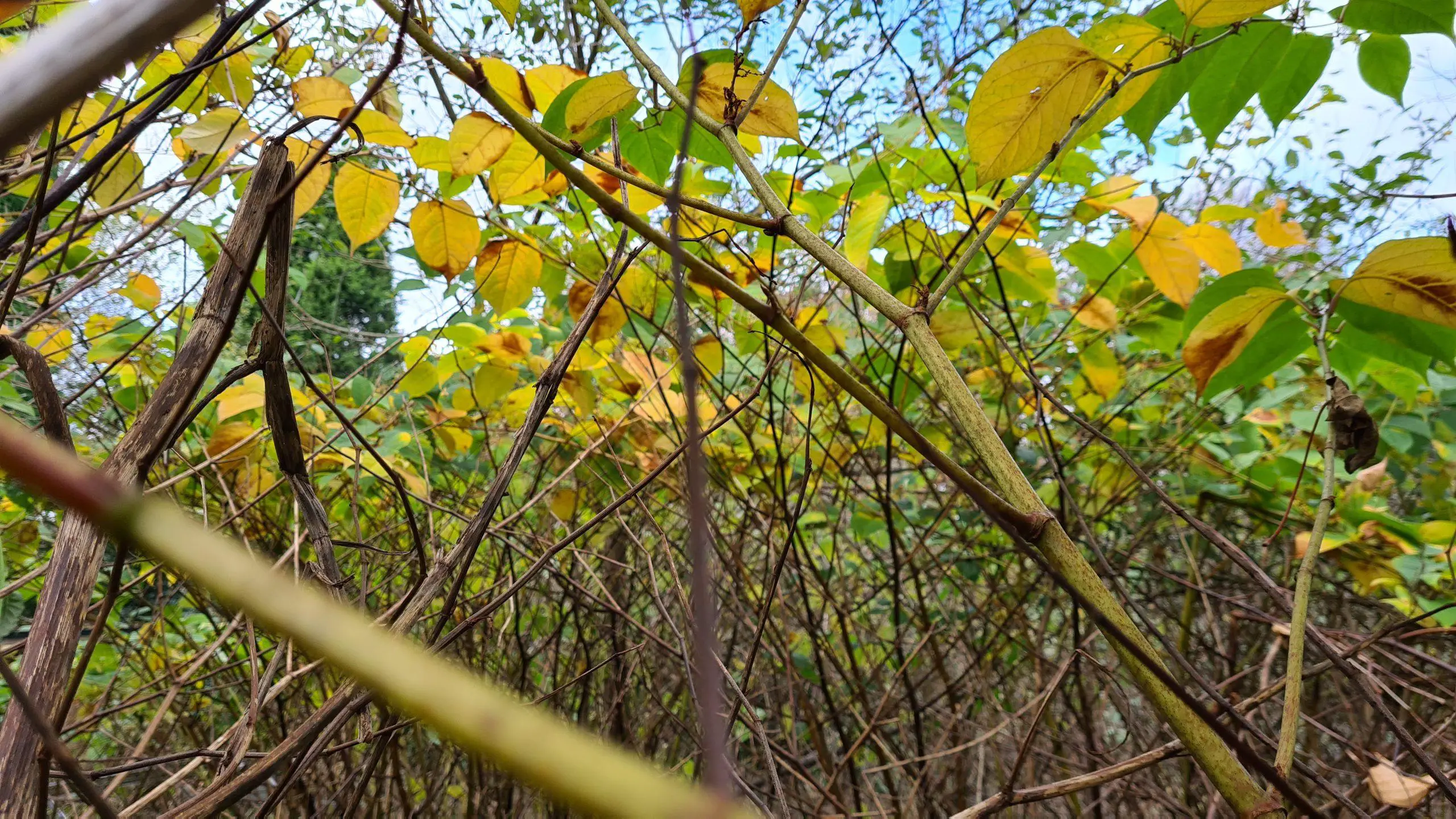
The Financial Costs of Japanese Knotweed Damage
Japanese knotweed is an invasive species that can cause significant damage to a range of structures, including buildings and roads. The plant’s roots are highly resilient and able to penetrate concrete and asphalt.
As such, the costs associated with removing it from properties can be astronomical. In addition to physical damage caused by its presence on a property, Japanese knotweed can also lead to financial losses due to decreased property value or even legal action taken against homeowners who fail to take steps for containment or removal of the weed.
Therefore, it is important for homeowners to understand the potential financial costs associated with this notorious plant in order to protect their investments.
The cost of removing Japanese knotweed from a home or business can vary widely depending on the severity of the infestation. In some cases, the removal process may be relatively simple and cheap. However, for properties with severe infestation, the costs could be much higher.
For example, it is not uncommon for professional removals to cost several thousand dollars.
Additionally, if the knotweed has caused significant damage to a home or business, there may be additional costs for repairs and replacements.
In addition to the direct costs of removal, Japanese knotweed can also cause indirect financial losses. For instance, if it is discovered on a property, many lenders will not provide mortgages for the property until the infestation is removed.
This can significantly limit a homeowner’s ability to purchase or refinance a home, leading to significant financial losses. Similarly, Japanese knotweed on a property may also decrease its value, resulting in lower sale prices than expected.
Ultimately, any damage caused by Japanese knotweed should be taken seriously. By understanding the potential financial costs associated with this invasive species, homeowners can be sure to steps to protect their investments and avoid potentially catastrophic losses.
Final thoughts
Japanese Knotweed can cause significant damage to your property, from structural damage to your home to the destruction of your garden and landscaping.
By understanding how Japanese Knotweed can cause damage, you can take action to prevent it from spreading and causing further harm. Whether you choose to remove Japanese Knotweed yourself or hire a professional, it’s important to act quickly to prevent its spread.
Remember, prevention is key to stopping the spread of Japanese Knotweed, so make sure to follow prevention tips to keep your property free from this destructive plant.

